
- Shandong Loyal Industrial Co.,Ltd.
- SHORT-CUT PASTA PRODUCTION LINE LONG-CUT PASTA PRODUCTION LINE INSTANT PASTA PRODUCTION LINE
Home> Application> Cutting-Edge Technology in Pasta Manufacturing: Full Automation for Energy Efficiency

Cutting-Edge Technology in Pasta Manufacturing: Full Automation for Energy Efficiency
Cutting-Edge Technology in Pasta Manufacturing: Full Automation for Energy Efficiency
Introduction of Macaroni Pasta Production Line
The pasta manufacturing industry has undergone significant transformations over the years, driven by technological advancements and a continuous quest for efficiency. As we delve into the realm of pasta production, this article explores the evolution of technology in this industry and emphasizes the pivotal role of full automation in achieving energy efficiency.Shandong Loyal Industrial Co., Ltd. has incorporated advanced technologies from Gidamak and ITALGI S.r.l.

The pasta manufacturing sector stands as a cornerstone in the global food industry, meeting the demands of millions of consumers. Brands like Barilla, De Cecco, Creamette, San Giorgio, and Great Value have become synonymous with quality pasta products. This section provides an insightful overview of the pasta manufacturing landscape, highlighting its growth and importance in the food market.
Over the years, technology has played a crucial role in shaping the pasta manufacturing process. From traditional methods to modern innovations, this section traces the evolution of technology in pasta production. The journey unfolds how advancements have paved the way for more efficient and streamlined processes.
Full automation emerges as a game-changer in pasta manufacturing, offering unprecedented efficiency and precision. This part of the article explores the significance of embracing full automation, setting the stage for a deeper dive into its components and advantages.
Full Automation in Pasta Manufacturing
Full automation represents a paradigm shift in pasta manufacturing, where machines take on tasks traditionally performed by human hands. The integration of robotics and artificial intelligence (AI) elevates the entire production process. This section delves into the fundamental concepts of full automation, providing clarity on its implications for the industry.
Robotics and AI are at the forefront of modern pasta production. Smart machines equipped with advanced algorithms and sensors contribute to a more precise and efficient manufacturing process. This segment explores the pivotal role these technologies play in ensuring the success of full automation.
The benefits of implementing full automation in pasta manufacturing are manifold. This part of the article outlines the key advantages, ranging from increased production speed and consistency to improved product quality. Industry experts emphasize the positive impact of full automation on overall operational efficiency.
Energy Efficiency in Pasta Manufacturing
Energy conservation has become a pressing concern in the food processing industry, including pasta manufacturing. This section sheds light on why energy efficiency is crucial, exploring the environmental and economic implications of sustainable practices in pasta production.
Despite the strides made in technology, challenges persist in optimizing energy usage within pasta manufacturing. This part of the article discusses current challenges faced by manufacturers in achieving energy efficiency and proposes potential solutions.
The environmental impact of pasta production cannot be overlooked. As the industry strives for sustainability, understanding and mitigating the environmental effects become paramount. This section explores the potential environmental impact of pasta production and highlights steps taken by manufacturers to minimize their carbon footprint.
Integration of Cutting-Edge Technology
Smart machines equipped with advanced sensors are revolutionizing pasta manufacturing. This section delves into the specifics of how these technologies operate within the production line, ensuring precision, quality control, and operational excellence.
Quality control is a critical aspect of pasta manufacturing, and full automation introduces automated measures to enhance quality. This part of the article explores how automated quality control measures contribute to consistent and high-quality pasta production.
Full automation not only introduces advanced technologies but also streamlines the entire production process. This section examines how the integration of cutting-edge technology optimizes production workflows, resulting in maximum efficiency and resource utilization.
Case Studies: Successful Implementation of Full Automation
To validate the effectiveness of full automation, this section presents case studies of pasta manufacturers who have successfully embraced this technological shift. By highlighting real-world examples, readers gain insights into the tangible benefits and transformative impact experienced by these industry leaders.

Drawing from the case studies, this part of the article elaborates on the real-world benefits and results achieved by pasta manufacturers through the implementation of full automation. From increased production capacity to improved product consistency, the success stories underscore the positive outcomes of embracing cutting-edge technology.
While the benefits are evident, challenges are an inevitable part of transitioning to full automation. This section addresses the challenges faced by pasta manufacturers during the implementation phase and explores the innovative solutions and strategies employed to overcome these obstacles.
Future Trends and Innovations
The future of pasta manufacturing holds exciting possibilities with the emergence of new technologies. This part of the article explores the latest trends and innovations in the industry, providing a glimpse into what the future holds for pasta manufacturers embracing technological advancements.
As technology continues to evolve, the article discusses anticipated developments in full automation for pasta manufacturing. Industry experts share insights into the potential advancements that may further enhance efficiency, sustainability, and overall performance.
The potential impact of these future trends and innovations on the pasta industry is profound. This section examines how advancements in technology can shape the competitive landscape, influence consumer preferences, and drive the overall growth of the pasta manufacturing sector.
Conclusion
In summary, this article has explored the evolution of technology in the pasta manufacturing industry, focusing on the significant impact of full automation for energy efficiency. From understanding the concept of full automation to examining case studies of successful implementation, each section has contributed to a comprehensive overview of the state of pasta manufacturing today.
The implications for pasta manufacturers are clear – embracing full automation is not just a technological upgrade but a strategic decision with far-reaching benefits. The integration of robotics, AI, and smart technologies presents opportunities for increased efficiency, improved product quality, and a more sustainable approach to production.
As we look ahead, the future of full automation in pasta manufacturing appears promising. The ongoing pursuit of emerging technologies, coupled with a commitment to sustainability, is set to shape the industry's landscape. Pasta manufacturers are encouraged to stay abreast of these developments to maintain a competitive edge in the evolving market.
In conclusion, the synergy between cutting-edge technology and energy efficiency not only transforms pasta manufacturing processes but also sets the stage for a more sustainable and innovative future.
FAQs: Common Inquiries about Pasta Manufacturers
1. What are the key challenges faced by pasta manufacturers in adopting full automation?
Pasta manufacturers encounter various challenges when transitioning to full automation. These may include initial investment costs, workforce training, and the need for comprehensive system integration. Overcoming these challenges requires a strategic approach and a commitment to long-term benefits.
2. How do smart machines contribute to quality control in pasta manufacturing?
Smart machines equipped with advanced sensors play a pivotal role in quality control within pasta manufacturing. These machines can precisely monitor parameters such as size, texture, and color, ensuring that each pasta product meets the predetermined quality standards. This level of automation minimizes human error and enhances overall product consistency.
3. What brands are leading the way in embracing full automation in pasta manufacturing?
Several renowned brands, including Barilla, De Cecco, Creamette, San Giorgio, and Great Value, have been proactive in adopting full automation in their pasta manufacturing processes. These industry leaders serve as benchmarks for successful implementation, showcasing the positive impact of cutting-edge technology on production efficiency.

4. What future trends can we expect in the pasta manufacturing industry?
The future of pasta manufacturing holds exciting possibilities, with emerging technologies such as advanced robotics, AI-driven automation, and sustainable practices taking center stage. The industry is likely to witness a continued focus on environmentally friendly production methods, enhanced product customization, and increased collaboration between technology providers and manufacturers.
5. How can pasta manufacturers stay competitive amid technological advancements?
Staying competitive in the rapidly evolving landscape of pasta manufacturing requires a commitment to continuous innovation and adaptation. Manufacturers should invest in research and development, stay informed about emerging technologies, and foster a culture of flexibility to embrace change. Collaboration with technology experts and participation in industry forums can also provide valuable insights.
Contact Us

- Shandong Loyal Industrial Co.,Ltd.
- Telephone+86 13176674591
- Email[email protected]
- WhatsApp+86 13176674591
- WeChat13176674591
- AddressC623, Jiahui Global Plaza, No. 548, Beiyuan Street, Tianqiao District, Jinan City, Shandong Province
- Factory AddressADD -300m North of Zhangxia Industrial Park, Binhe Road, Zhangxia Town, Changqing District, Jinan
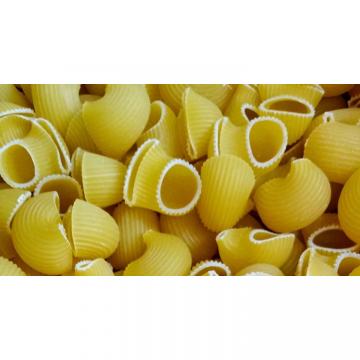

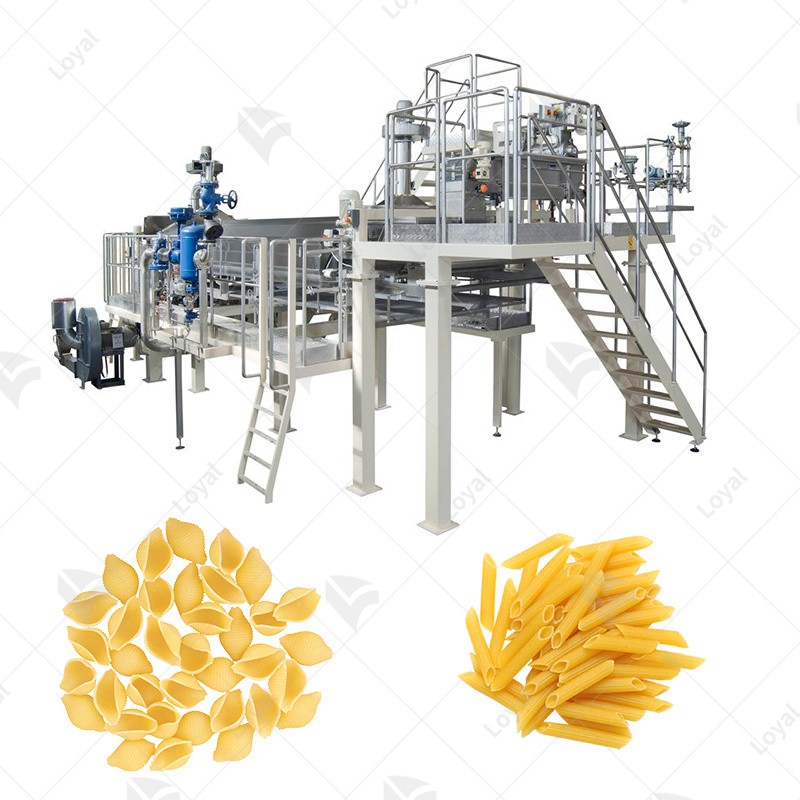

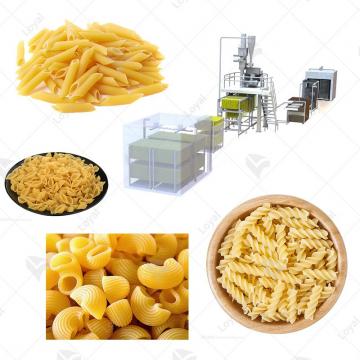
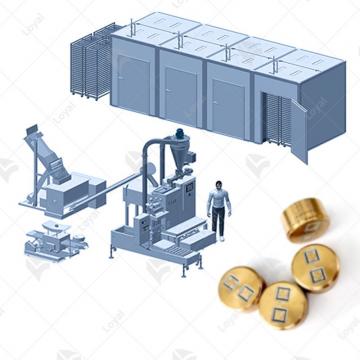 Spaghetti Pasta Production Line
Spaghetti Pasta Production Line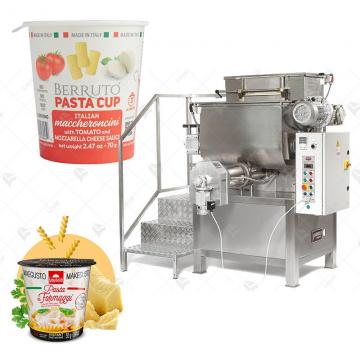 INSTANT PASTA CUP PRODUCTION LINE
INSTANT PASTA CUP PRODUCTION LINE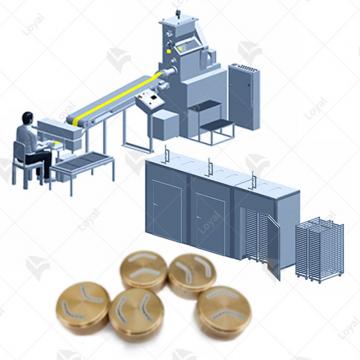 Combined Automatic Pasta Sheeter
Combined Automatic Pasta Sheeter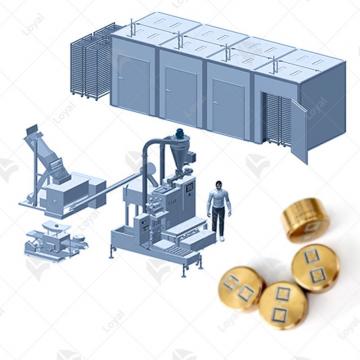 Combined Pasta Machine
Combined Pasta Machine